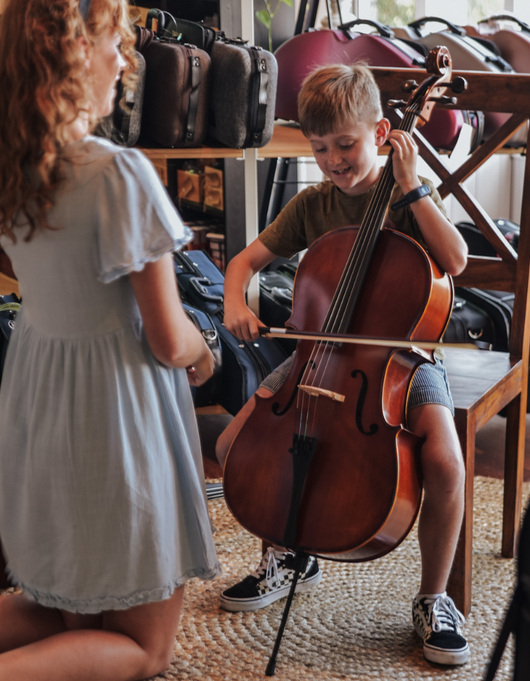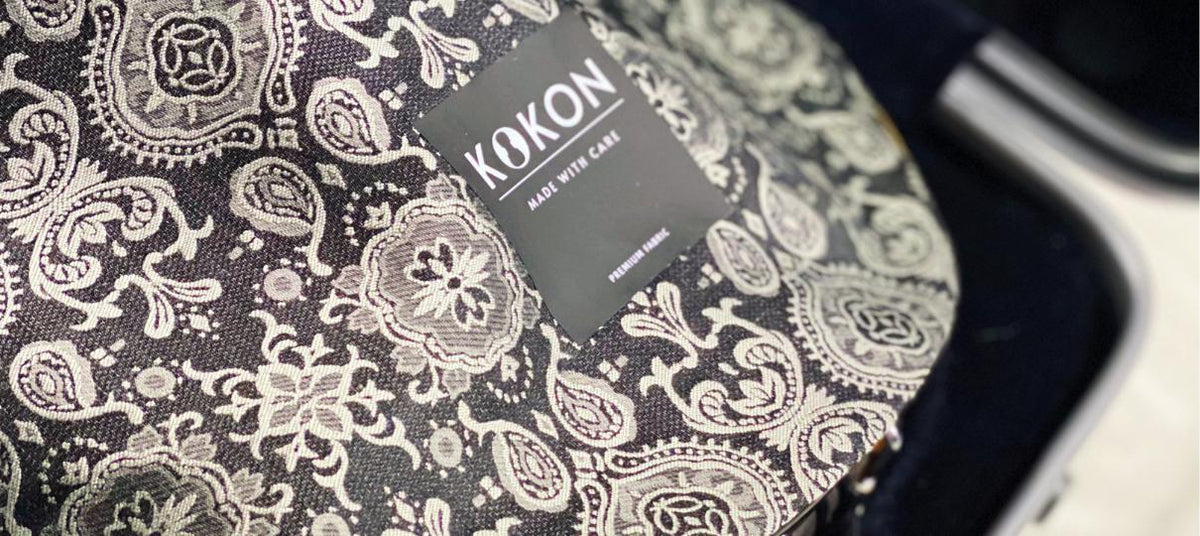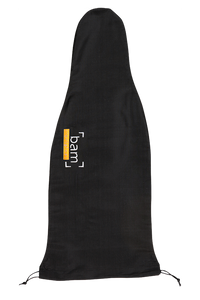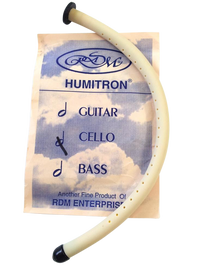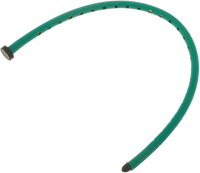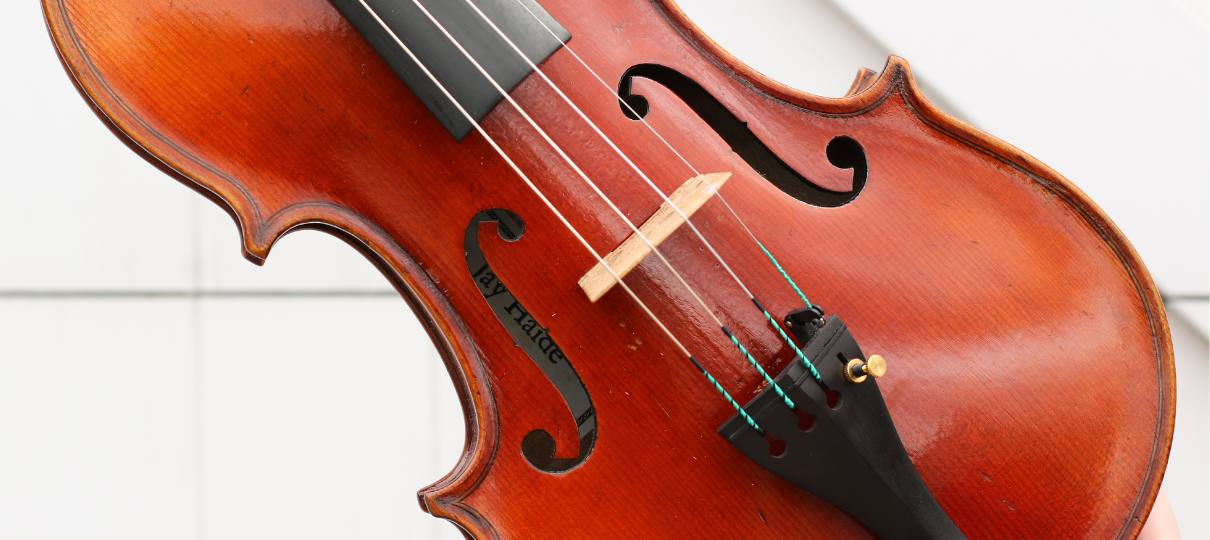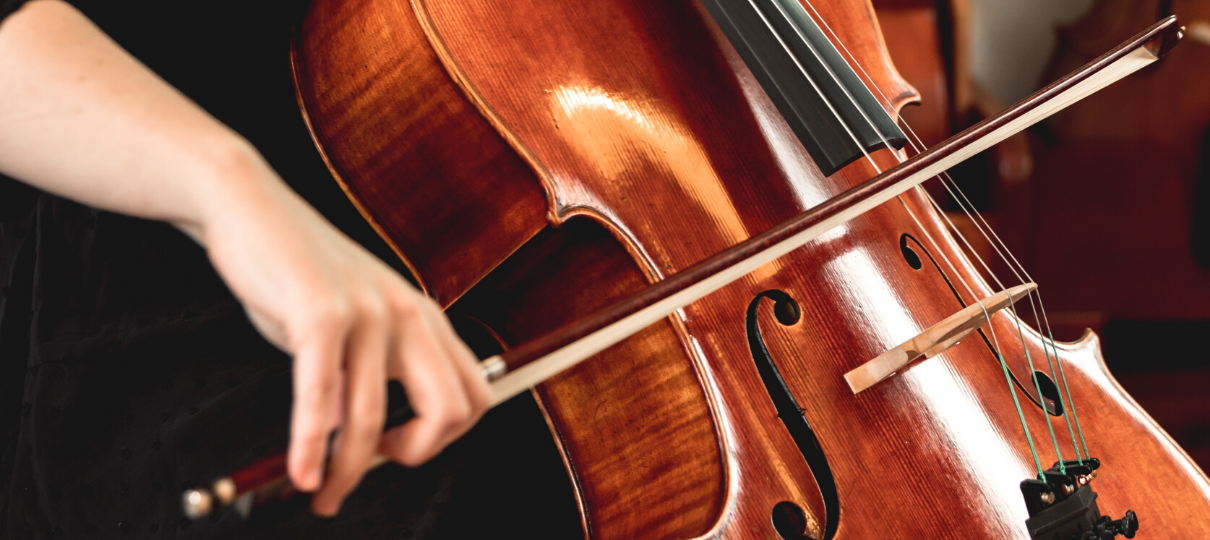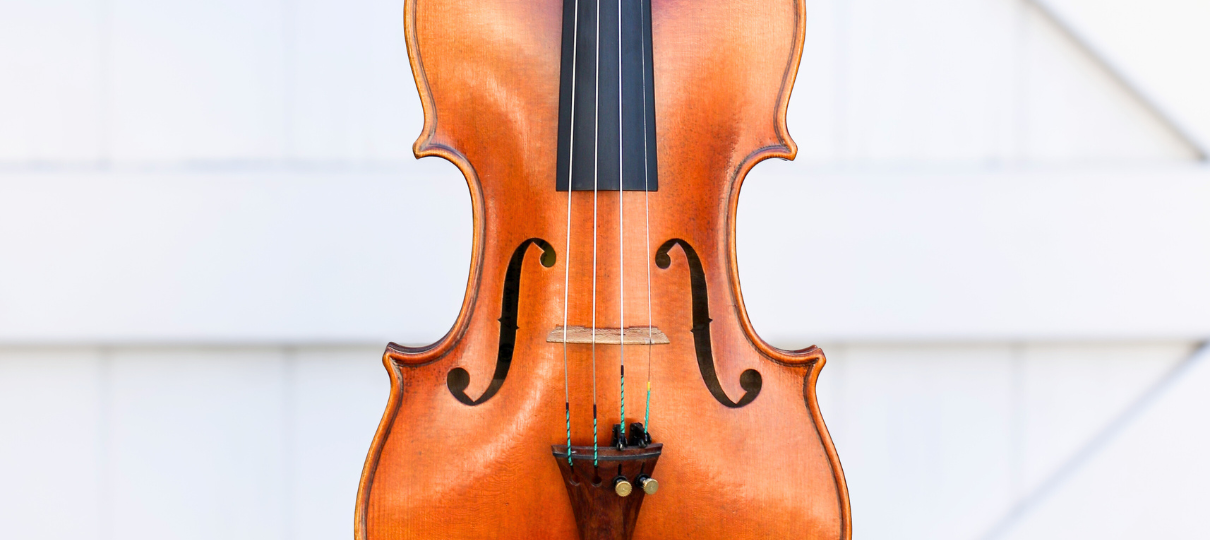Not sure if you need a silk bag for your instrument or not? Read this blog post to explore the topic of rapid weather changes, your instrument, and silk bags!
We’re excited to introduce you to one of our newest accessory ranges: Kokon! Kokon Sleeves are handmade using gorgeous fabrics for violin, viola and cello. Kokon violin, viola, and cello sleeves are made with premium fabrics for a high-end fashion finish. The quality of the fabrics and top-notch workmanship are wonderful and make for an excellent addition to your case. There is a special relationship between musicians and their instruments. Your investment deserves the best!
It’s obvious, we know: your stringed instrument is made from timber. In fact, your instrument is made from multiple types of wood, which are all susceptible to weather changes. Wood expands and contracts with the weather, swelling with dampness and shrinking when it’s dry.
Each of the timbers used to make your instrument has its own characteristics, including varying density, and will probably expand and contract slightly differently from each other as a response to changes in the weather. The ideal humidity range for a stringed instrument is 40% to 60%. Outside these, you are most likely to experience changes in your instrument.
- The body is made mostly from maple and spruce, possibly with willow linings.
- The neck (including pegbox) is made from maple.
- The attachments (fingerboard, nut, pegs) are ebony.
- There could be pearwood alongside the ebony in your purfling.
So what changes can you expect?
Changes to Your Sound
In dry weather, your instrument is most likely to develop a very hard, overly-focussed tone that is less inviting and less responsive to our attempts to play with warmth and rich expression. This is because the timber has contracted and the body has become very tight. When the sound plate (belly) and back plate contract, the arching on the front and back pulls inward over the soundpost, causing a harder, more focussed tone.
In humid weather, your instrument expands in the opposite direction; it opens up the arching and releases pressure off the soundpost. Damp wood and a looser body combine to make the sound rather “dead”, more “woolly” or “fuzzy” and quite uninspiring. You will of course be aware that when it’s really humid you feel lethargic: so does your stringed instrument!
Tuning
When the weather changes, expect your instrument to need tuning. When there are big changes, expect tuning to be more problematic. When weather changes overnight, we often hear of our string community members with strings snapped, bows snapped, pegs refusing to stay in place. There are some easy solutions to these problems, including the use of a silk bag or hygrometer, as well as a tube of peg paste.
Shop Tuners online with fast shipping Australia wide!
Instrument Movement
When your instrument tightens or loosens with the weather, there can be quite a range of movements across the instrument.
Neck movement/string height
In excessive humidity, the neck can drop back, raising the fingerboard to a higher “projection”. This lifts the strings away from the fingerboard and requires much more strength to push them down to play. Sometimes the strings are so high it is unplayable.
In excessively dry conditions, the neck can straighten too much, lowering the strings to the point where they will buzz against the fingerboard. Sometimes this reverts when the weather changes back to normal. However, sometimes if there has been large movement, the neck is unable to revert. In these cases, it may be necessary to perform a neck “reset” or other repair work.
Open seams/Cracked surfaces
Excessive dryness can sometimes cause the main surfaces to crack, requiring expensive repair work. The more likely surface to crack is the front, as spruce has a tendency to crack, but in bad years we see the maple backs or even the ribs develop nasty cracks. Dryness, as we have discussed, causes shrinkage: this also can cause seams to become loose. We have seen this many times in recent years, especially with larger instruments such as cellos residing inland, in places like Warwick, Armidale and similar.
Open seams often occur because of movement in the timbers, especially when both expansion and contraction have happened quickly. When the parts of the body are glued together, the special hide glue is given a strength that is enough to hold the joins securely in normal weather, yet weak enough to allow seams to separate. This is very important, because if the joins remained rigid during times of expansion/contraction, there would be a greater risk of developing cracks. A seam is easier to re-glue than a crack in the surface. In Brisbane, there can be quick changes in humidity from moist to very dry, causing seams to open up.

Soundpost movement
As we mentioned earlier, expansion and contraction of the timber causes the arching of front and back to change shape. This can increase pressure on the soundpost when the body becomes very tight. When it relaxes, the tension on the soundpost loosens also.
Too much tension on the soundpost can, in the worst circumstances, cause a crack to either the belly or the back in line with the soundpost. On a more affordable instrument this is fatal, as the cost of the instrument verses the cost of the repair may prove untenable. On a higher quality instrument, it’s an expensive repair.
Loosened tension on the soundpost can create the risk of the soundpost falling down. This will require a soundpost “restand”, which is quite inexpensive, or more likely the instrument will need a new soundpost cut and fitted. If the soundpost does fall down it is essential to immediately loosen the strings: Pressure of the strings and bridge feet on the belly, without a soundpost providing support, can cause a crack to either the belly or the back in line with the soundpost. Again, on a more affordable instrument (under $1000) this is fatal, and on a higher quality instrument, it’s an expensive repair.
Learn more about Repairs and Servicing at Simply for Strings.
So what do silk bags really do?
The most dangerous weather for our instruments is changeable weather, when changes are sudden and we alternate between dry and moist. Here are the three main safeguards you can use to protect your instrument from rapid changes. We strongly recommend that you consistently use all three to ensure your instrument is well looked after.
1. Use a silk or tightly-woven cotton bag or blanket
Longer-term, any old soft bag can’t protect from excessive dryness or humidity. Cloth bags breathe. They allow the air in and out. Silk or tightly woven cotton creates a buffer against sudden changes, which is where the greatest damage can happen quickly. A “blanket” or cover can be a good help, but a drawstring bag that encloses your instrument is better protection.
It needs to be silk or tightly-woven pure cotton, firstly because of how well they “breathe” but also because they are less likely (than other materials) to imprint the woven pattern or stick to the varnish when it becomes soft in warmer weather. We have seen many instruments marked on the varnish where it touches the case, and in instruments left in very warm places we have seen the fabric fibres of softer wraps actually stuck in the varnish.
Shop BAM Cases and Accessories here.
2. Use a Hygrometer
A hygrometer is a gauge that tells you the level of humidity in the case. Some cases come with a mechanical hygrometer fitted. Some electronic tuners and metronomes have a digital hygrometer function. Some premium case manufacturers offer more high-tech hygrometers, including a warning system that can alert your phone if humidity rises or drops to a dangerous level.
Shop our range of Hygrometers here.
3. Use a Humidifier
A simple humidifier (only useful for protection from the dangers of dry weather - but that’s when cracks are more likely!) is the rubbery worm type. It works by gradually releasing moisture into the air inside your violin, viola, cello or double bass, keeping it safe from cracks. You must keep an eye on these and make sure you keep them appropriately moist. In very dry weather they can dry out within a day. As long as you remember, they are very effective. There are other in-case humidifiers costing much more, and offering stronger and more long-term protection. Your music room at home would be a great place to keep a room humidifier, which would give the best protection!
We hope you found this article informative. If you have any questions about humidity and your instrument, or anything else string related, get in touch with our friendly team in Red Hill today!





